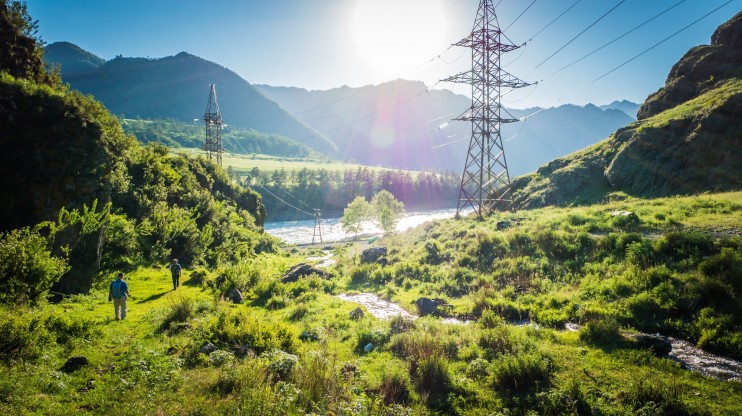The Goal
In 2015, the Mayor of Washington, D.C. established a goal of a 20% carbon-based energy consumption reduction across all city buildings within 20 months. This was an aggressive target and a short time frame.
Solutions Options
We leveraged Department of General Services (DGS) and DC Public Schools (DCPS) energy and roofing data as well as knowledge of the local climate to identify viable candidate buildings for improving existing carbon use efficiency.
Selection criteria were based on:
- building energy efficiency performance
- roof age, condition, and system type (including dark roofing materials)
- solar feasibility
- existing green roof applications
Then, a mix of possible solutions were explored including:
- Conserve Energy: Insulation, air-barriers, and day-lighting
- Reduce Runoff: Collecting, retaining, and re-using rainwater
- Reflect Heat: Reducing temperatures across the city
- Collect Solar Energy: Solar PV and thermal producing electricity and hot water
- Manage Carbon: Tracking and reducing carbon footprints
The Results
After considering the options and comparing them against the results of the feasibility study, DGS and DCPS implemented a broad strategy, coordinated by Mantis Innovation, to implement sustainability in their challenging, changing regulatory environment:
- Daylighting for reduced energy usage
- Rooftop solar for green power generation
- Improved insulation for better efficiency
- Vegetative roofs for storm water mitigation
- Cool Roof replacements from dark to light coatings for better efficiency
While the City did not achieve its aggressive goal, the steps that DGS and the DCPS took did have a significant impact, illustrated here, and the program continues to grow even today.
Beyond the metrics, a large, local workforce was trained by Mantis to better maintain these strategies in-house, over time. A number of community programs, like Roofs That Teach, had far-ranging benefits, such as educating DCPS students about the need for sustainable buildings.
Project Benefits
- Multi-faceted sustainability approach
- By exploring all options, a number of solutions are now working in concert to achieve a sustainability goal
- Local workforce inclusion
- The District has stringent requirements for including local small business for which the program facilitates development
- Solar success
- DC now has the largest rooftop solar array installed by a single government entity in the U.S.
- Roofs that teach
- Green roofs provide an alternative learning environment and direct access to sustainability education
